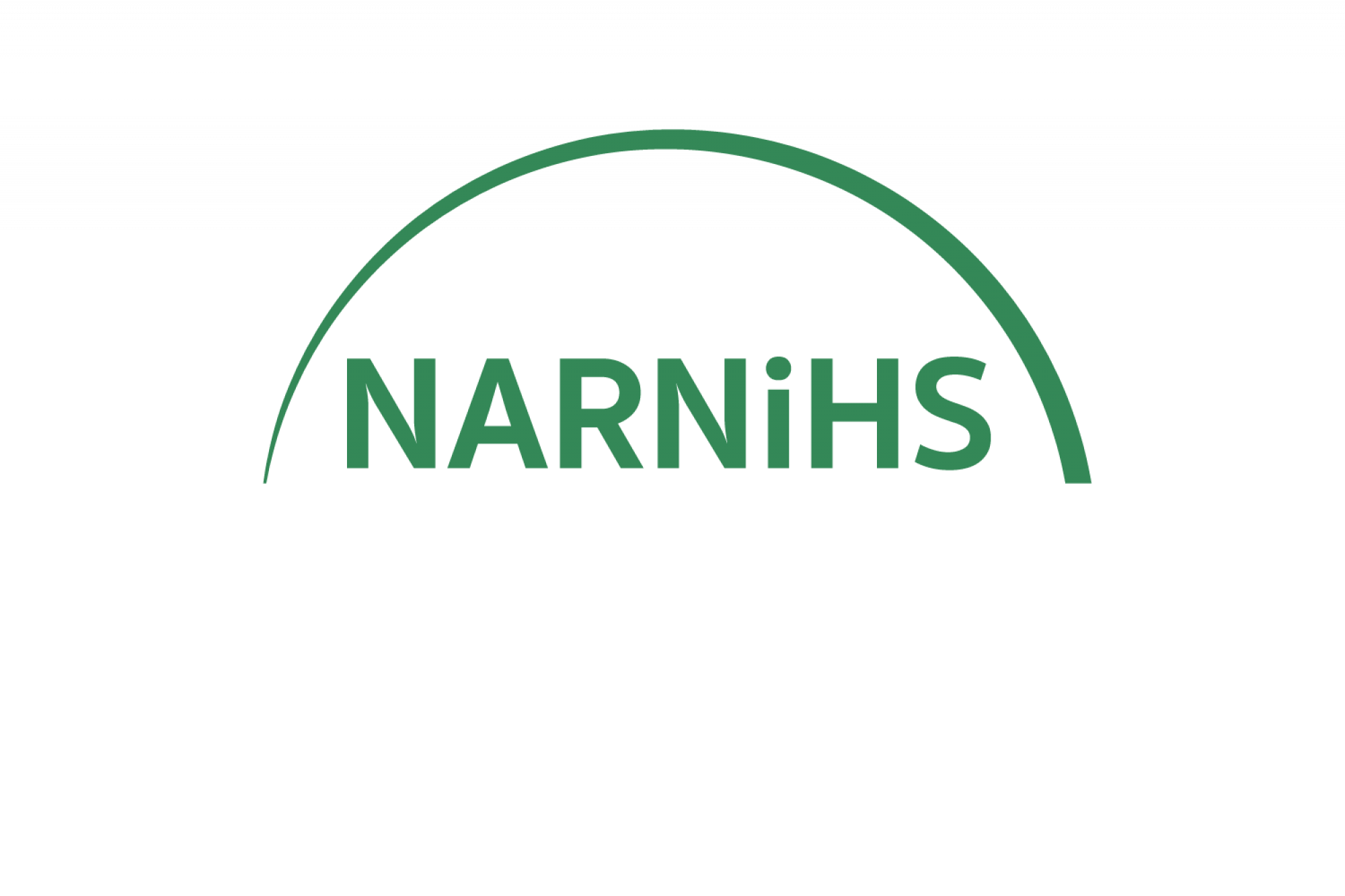General NARNiHS abstract writing guidelines
As you prepare an abstract for submission to one of our events, please keep the following in mind.
1) Be sure that your work investigates questions of historical sociolinguistics, which NARNiHS defines as follows:
“We understand historical sociolinguistics to be the application/development of sociolinguistic theories, models, and methods for the study of historical language variation and change over time, or more broadly, the study of the interaction of language and society in historical periods and from historical perspectives.”
2) Be sure that you have clearly discussed in your abstract both the historical and the sociolinguistic aspects of your work.
3) Be sure that your abstract contains the following elements (abstracts will be evaluated on the basis of these criteria):
● explicit discussion of which theoretical frameworks, methodological protocols, and analytical strategies are being applied or critiqued;
● sufficient (if brief) presentation of data sources and examples to allow reviewers a clear understanding of the scope and claims of the research;
● clear articulation of how the research advances knowledge in the field of historical sociolinguistics.
4) Read the Call for Abstracts carefully for any event-specific information and requirements and follow those closely in crafting your abstract.
5) Anonymize your abstract. We realize that sometimes it is not possible to attain complete anonymity, but there is a difference between “inability to anonymize completely” (due to the nature of the research) and “careless non-anonymizing” (for example: “In Jones 2021, I describe…”). Papers that are not sufficiently anonymized wherever possible (whether in the text of the abstract or in the metadata of the digital file) risk being rejected.
